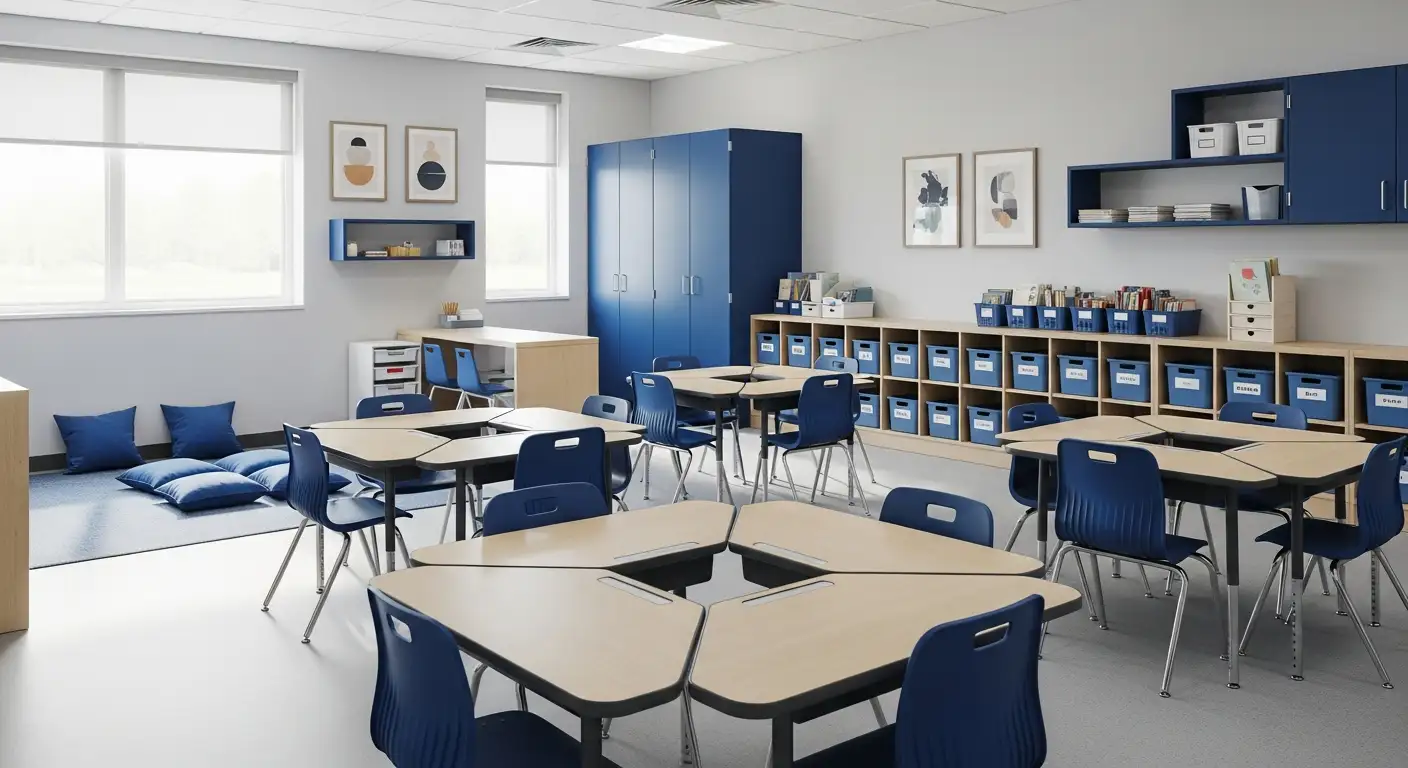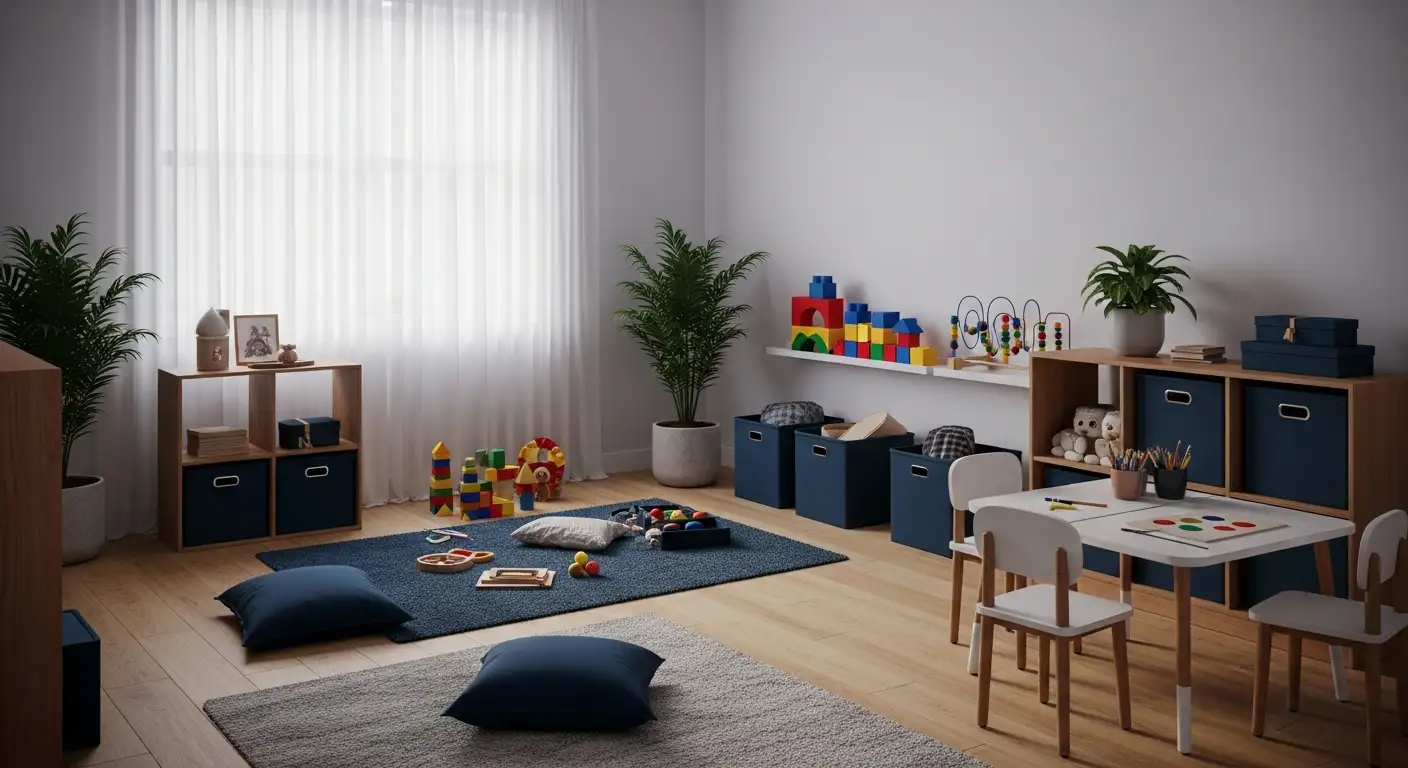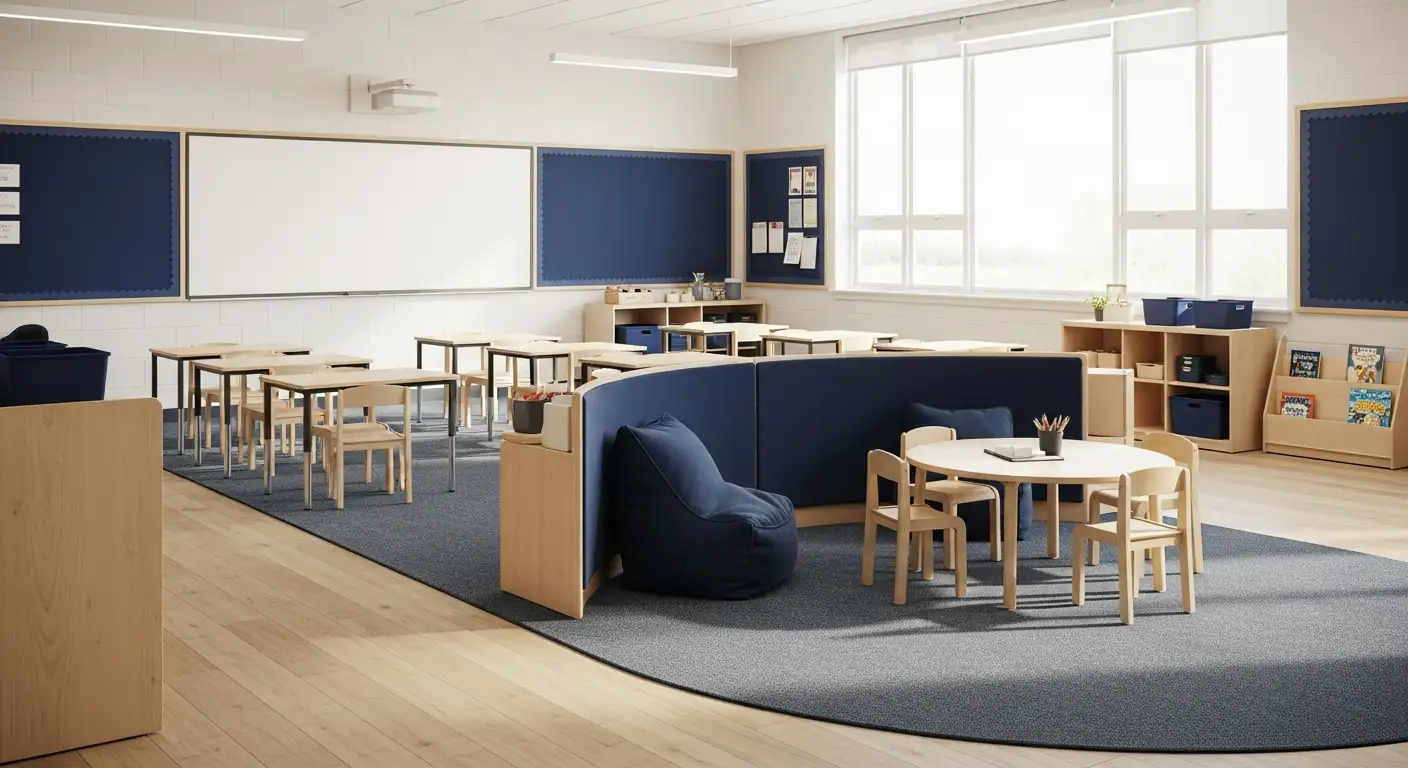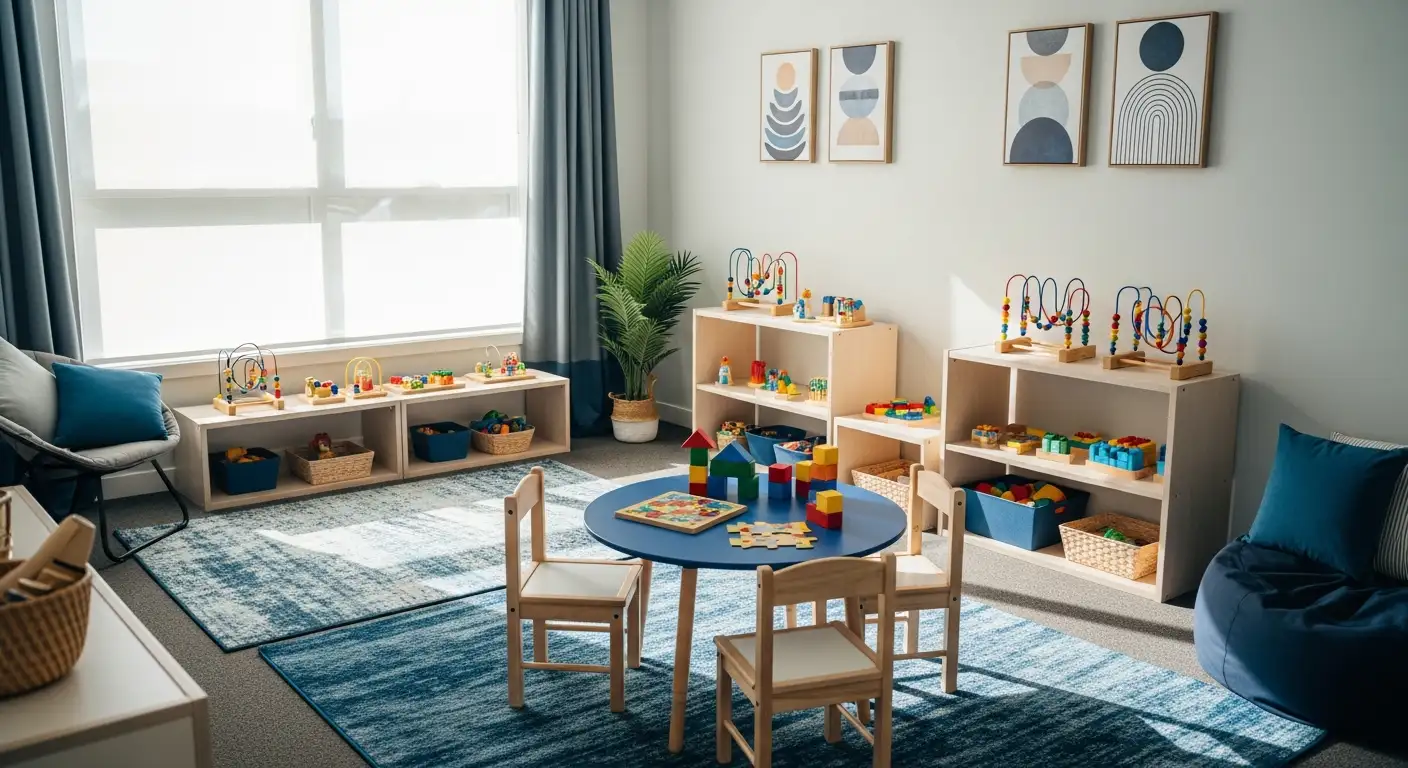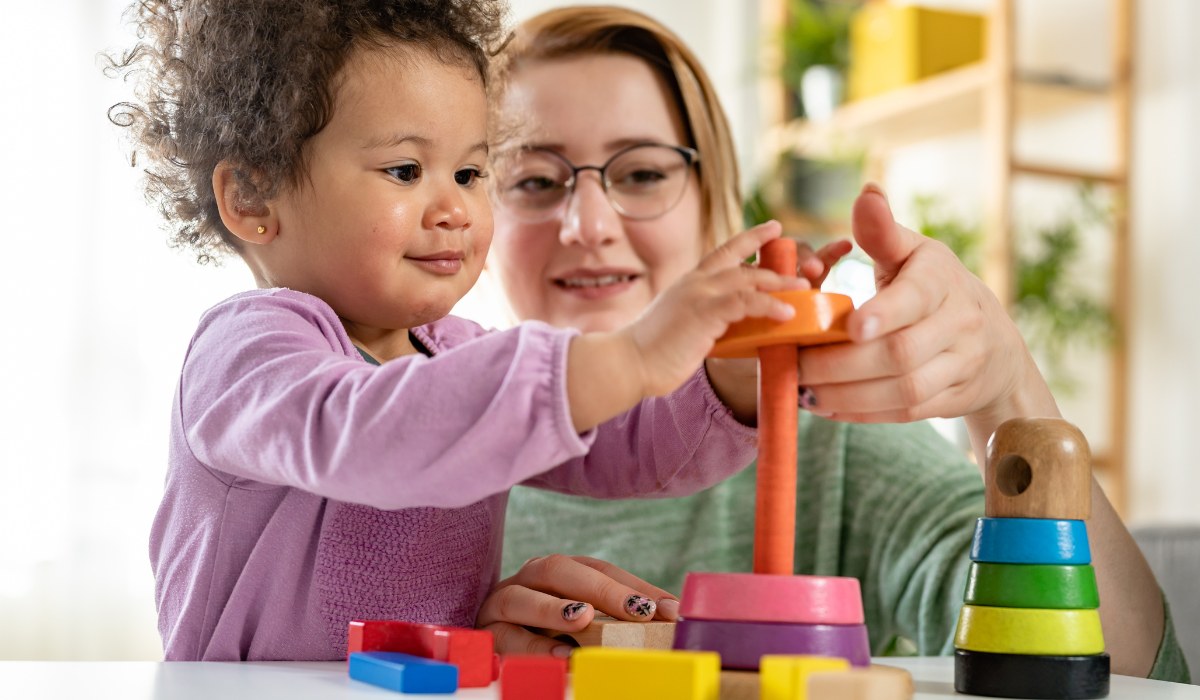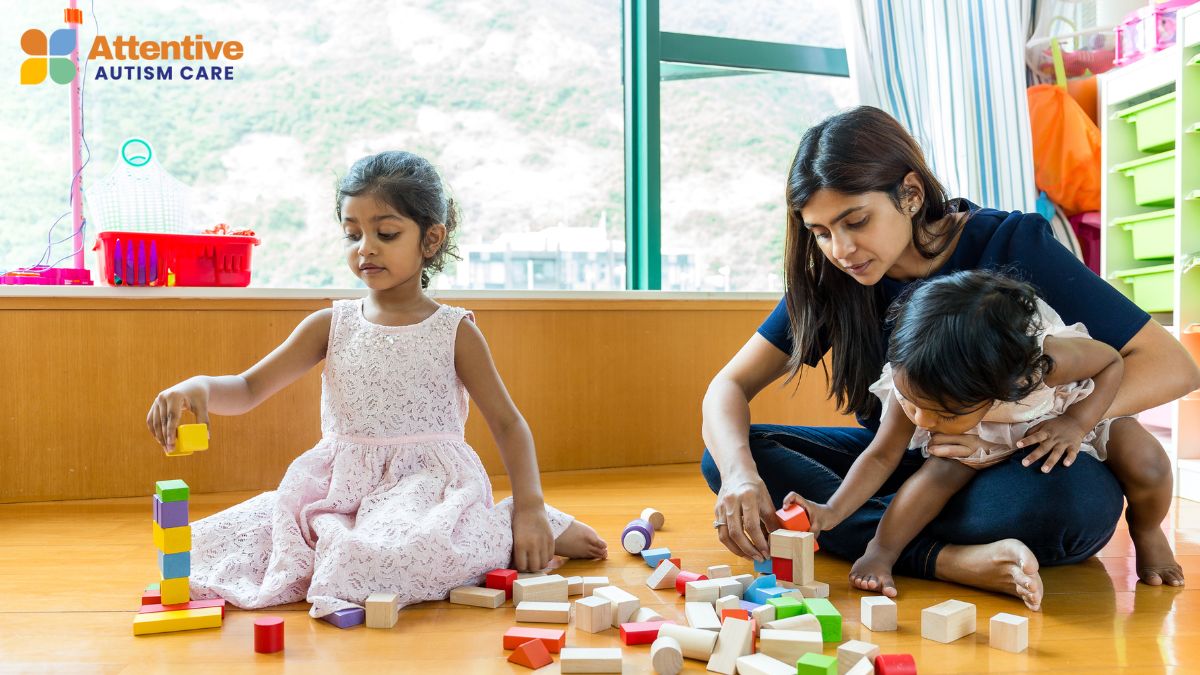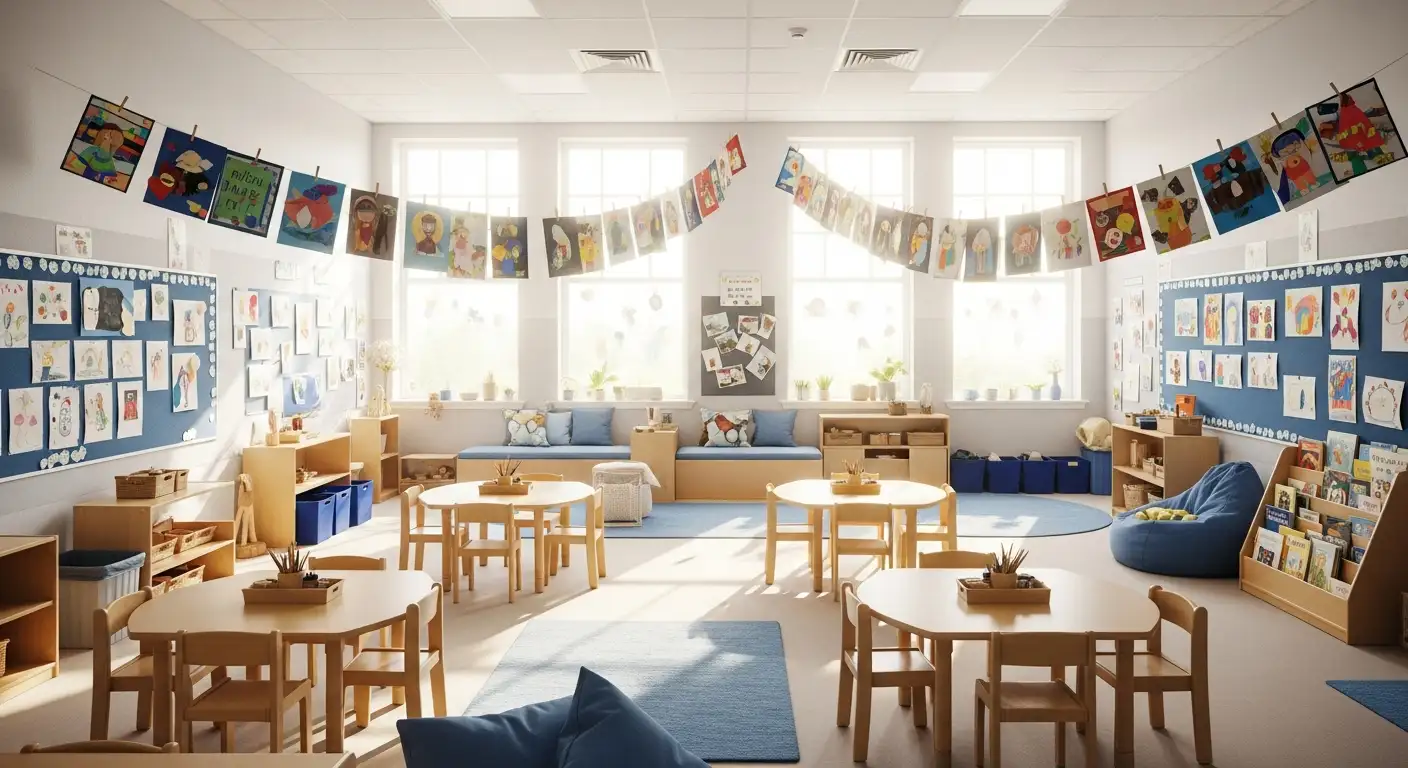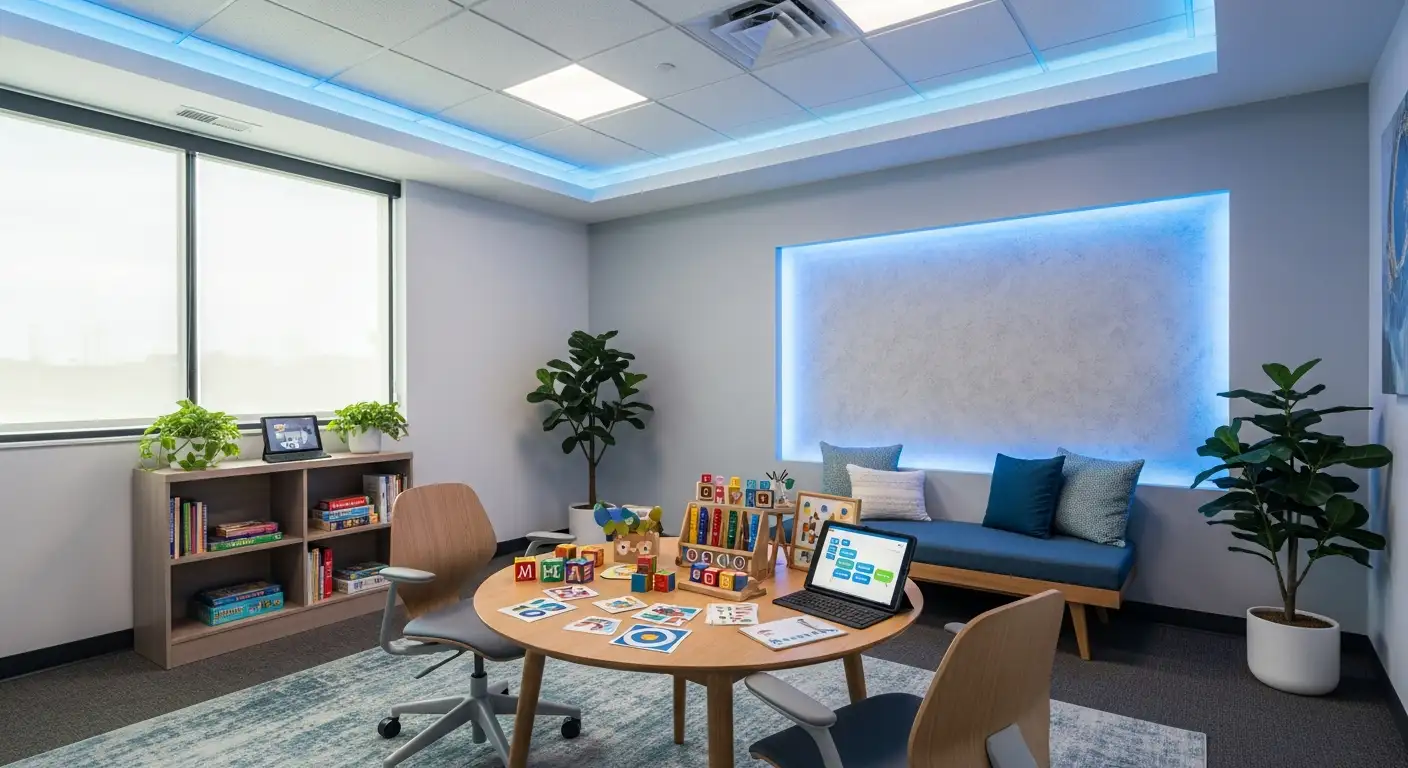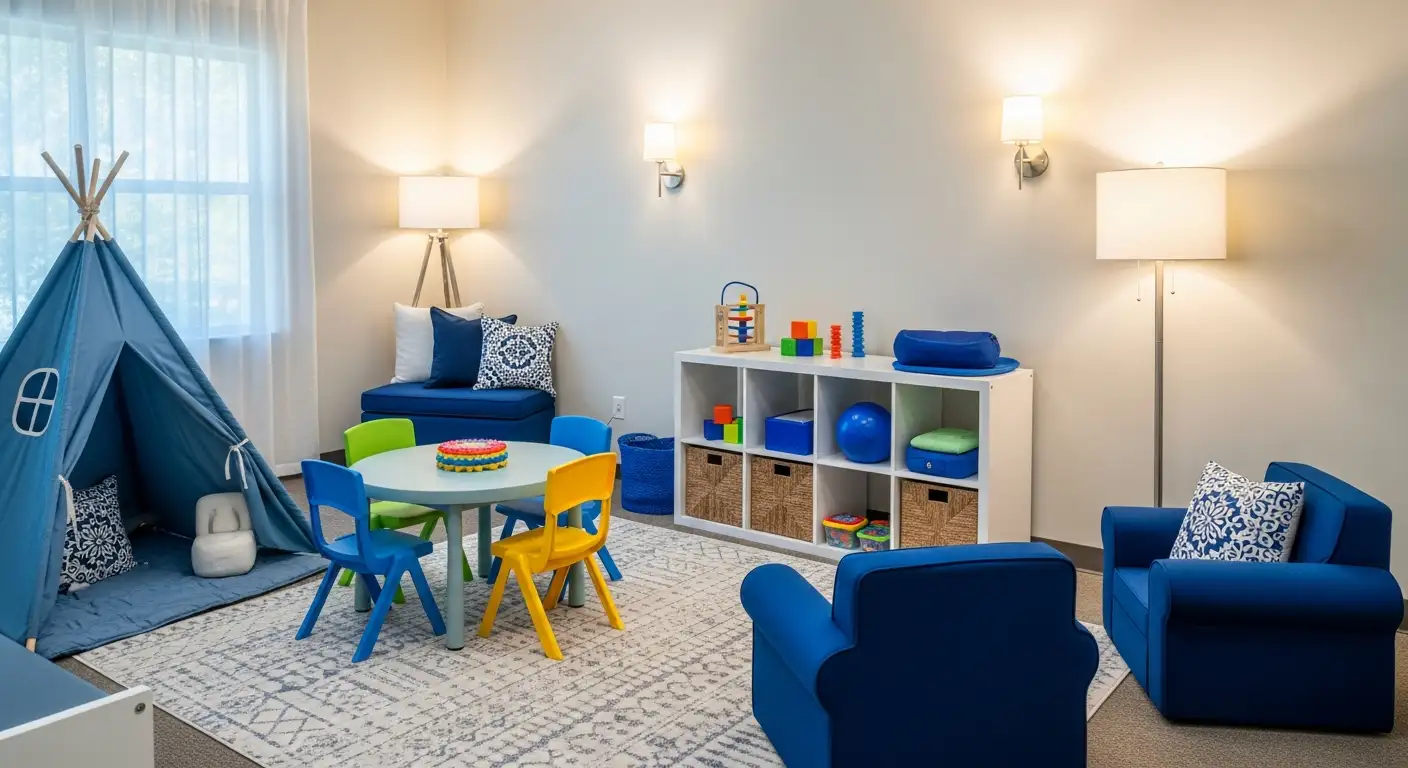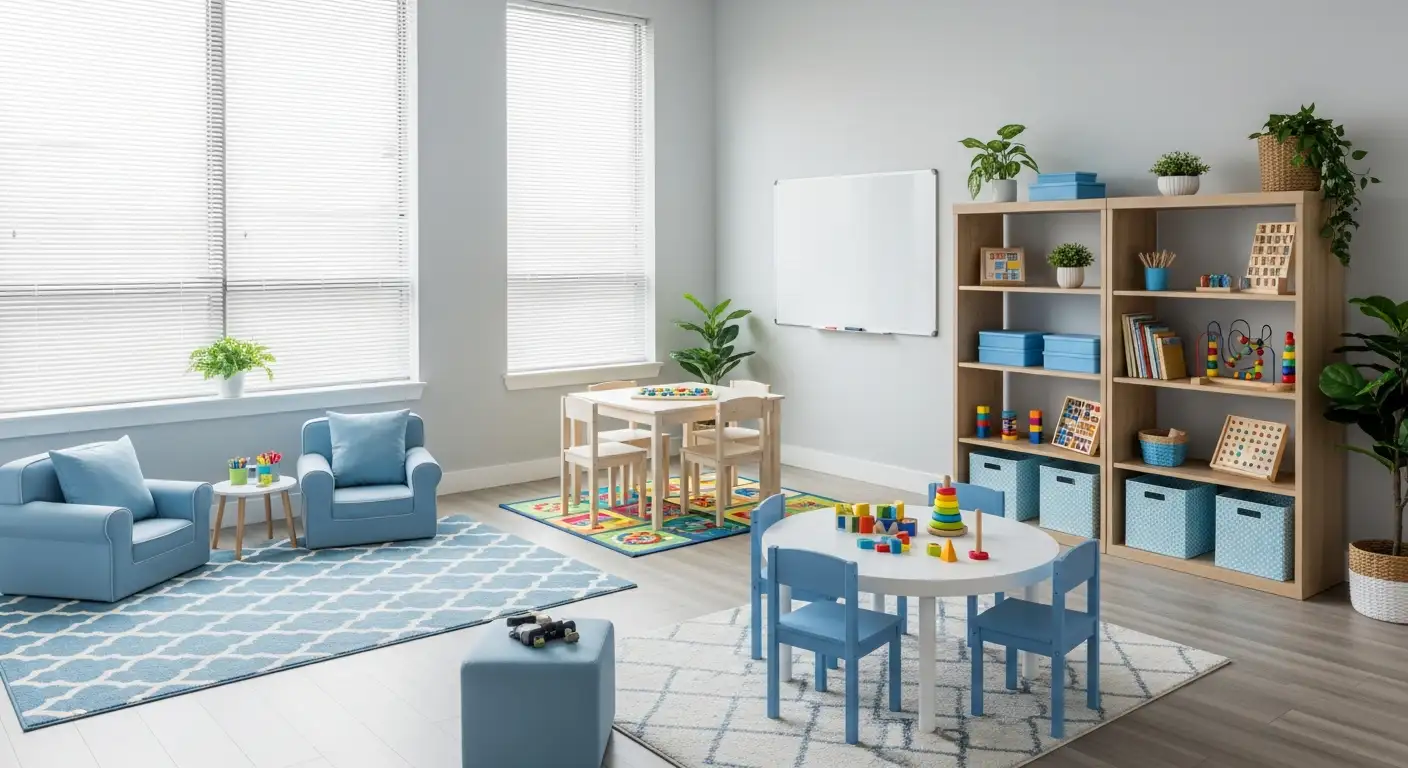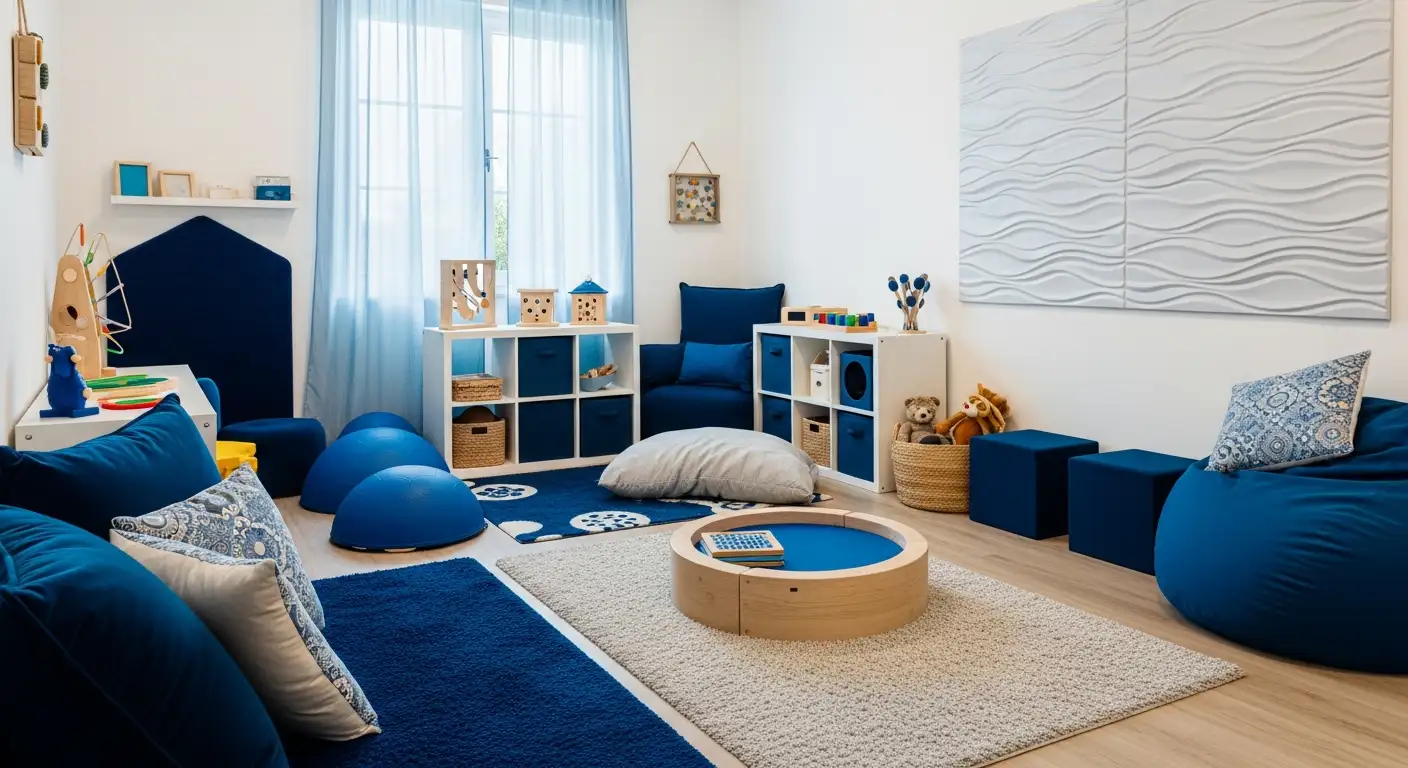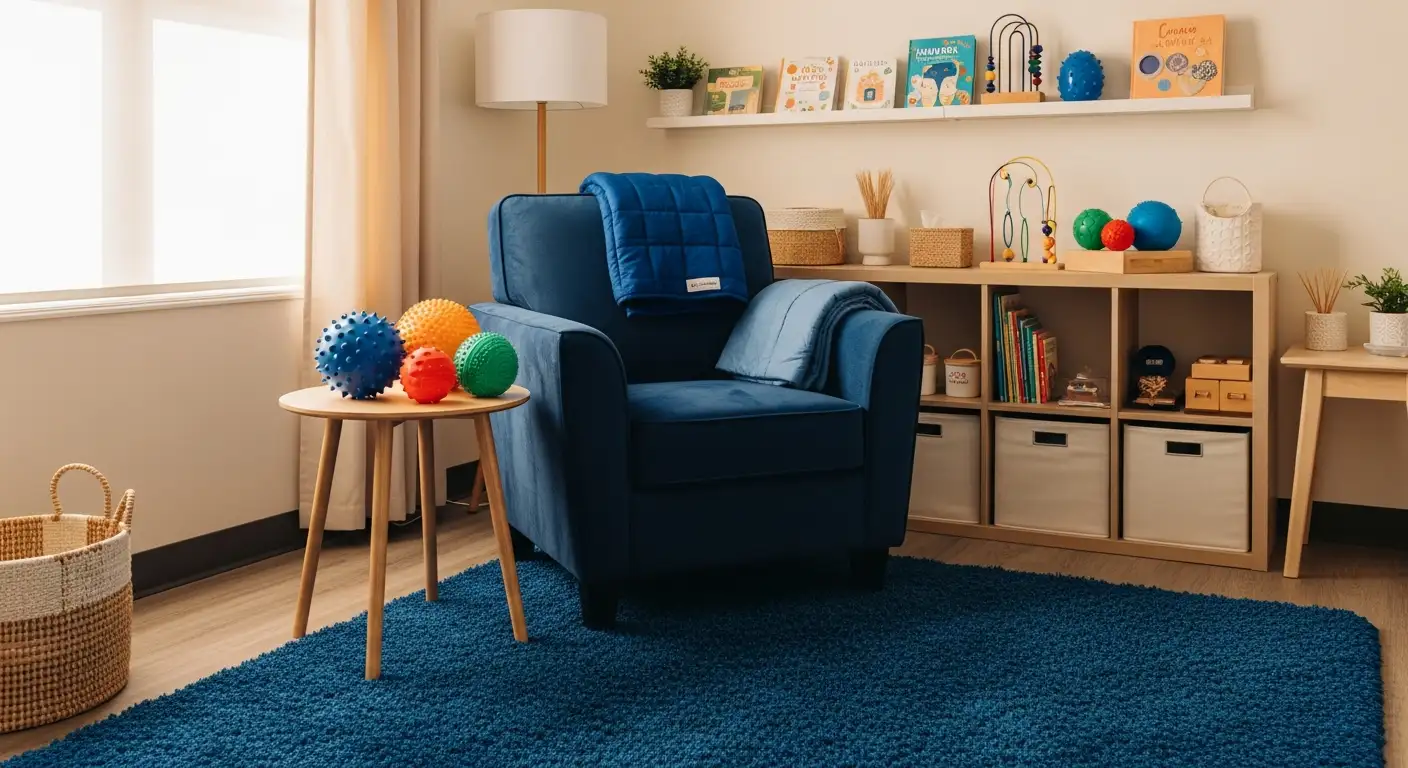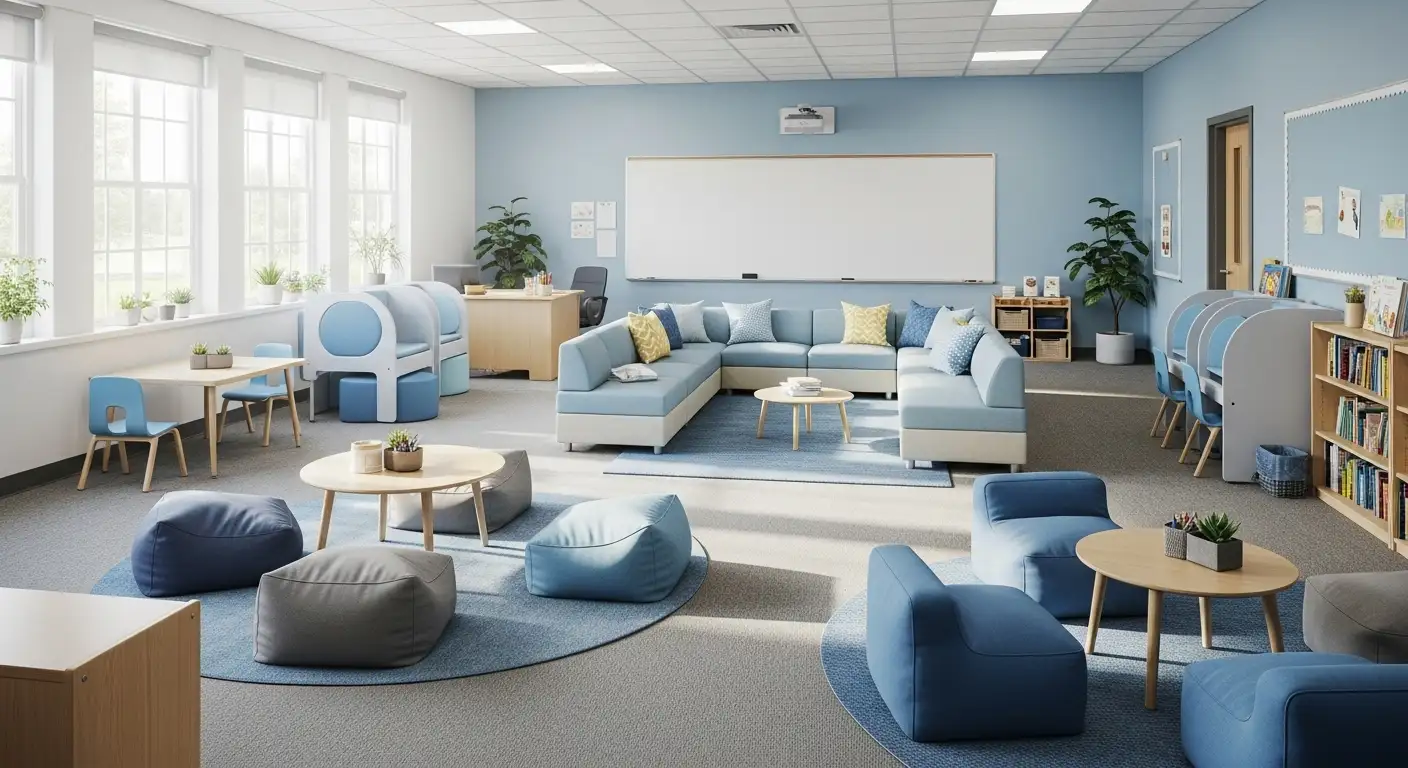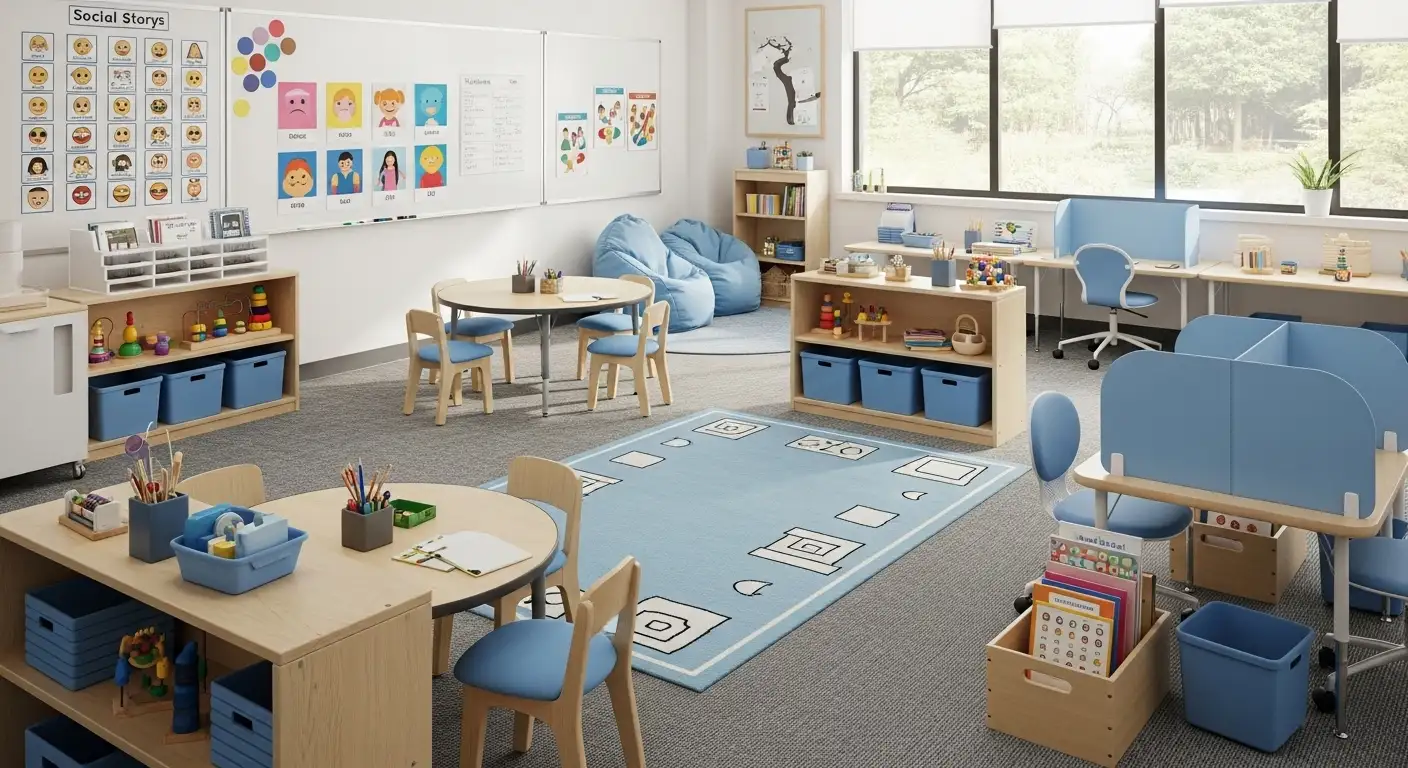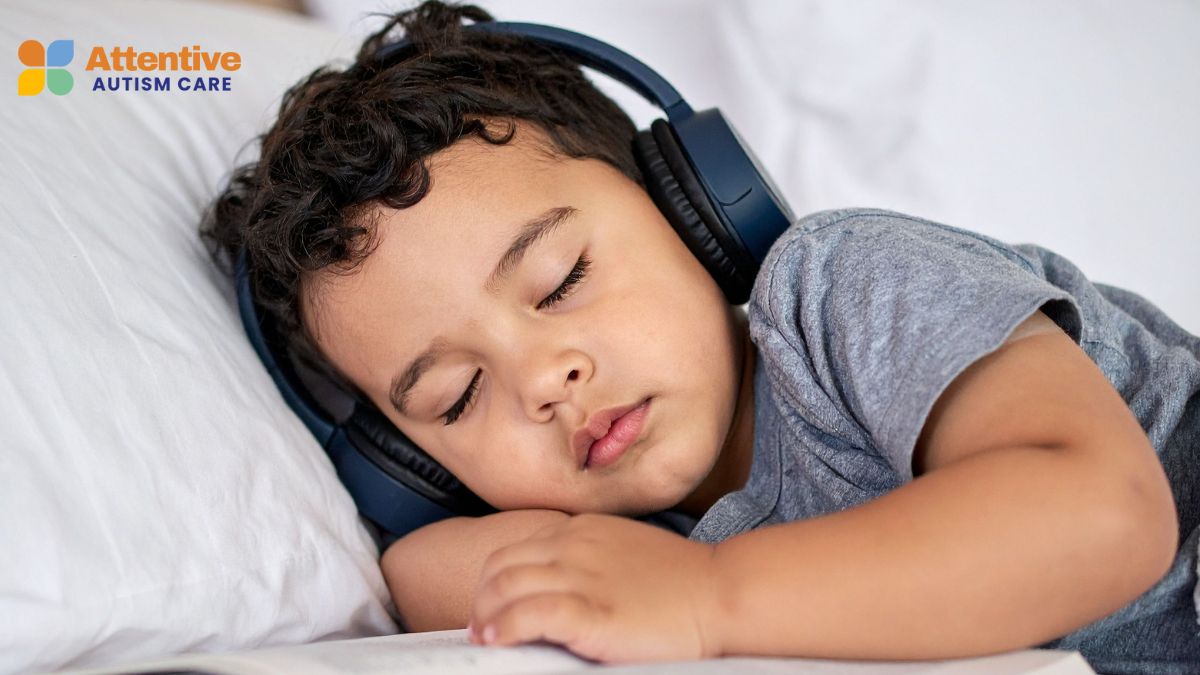Autism and Learning Disabilities: How to Tell the Difference
Learn about the relationship between autism and learning disabilities, how they differ, and co-occur.

Key Points:
- Autism and learning disabilities can overlap, but are distinct in their causes, symptoms, and developmental effects.
- Autism affects social communication and behavior, while learning disabilities affect specific academic skills like reading or math.
- Early identification and personalized intervention, such as ABA therapy, can significantly improve outcomes for children with either or both conditions.
Parents often struggle to differentiate between autism and learning disabilities, especially when a child shows delays in school performance or communication. It’s common for children with either condition to face frustration, social withdrawal, or low self-esteem. However, their needs, interventions, and long-term outcomes can differ greatly.
According to the National Center for Education Statistics, around 7.3 million children in U.S. public schools receive special education services, with learning disabilities being the most common category.
This guide explores the differences, overlaps, and signs of learning disabilities and autism, empowering families to seek tailored support based on their child’s unique strengths and challenges.
What are the Key Differences Between Learning Disabilities and Autism?
Learning disabilities and autism are not the same. While they can co-occur, they differ in origin, core symptoms, and how they affect a child’s development. Autism primarily affects communication, social skills, and behavior, whereas learning disabilities impact specific areas like reading, writing, or math.
Children with autism may also have learning disabilities, but not all children with learning challenges meet the criteria for autism spectrum disorder. Understanding this distinction helps ensure children receive accurate diagnoses and effective support.
How Does Autism Present Differently Than a Learning Disability?
While both conditions may cause difficulty in academic settings, they affect development in different ways. Autism is a neurodevelopmental condition that impacts how a child communicates, behaves, and relates to others.
Learning disabilities, on the other hand, typically involve difficulties with processing specific types of information despite average or above-average intelligence. Some children may appear inattentive, socially withdrawn, or struggle with following directions.
These signs can stem from either condition, which is why thorough developmental assessments are so important. Below are distinctions that can help clarify the difference.
Common Signs of Autism
Autism spectrum disorder involves a wide range of behaviors. Children may show early differences in how they connect with others or how they handle sensory input. Below are some common traits of autism:
- Difficulty with eye contact or facial expressions
- Limited use of gestures like pointing or waving
- Delayed or repetitive speech (echolalia)
These traits often appear by age 2 and may be noticed during everyday routines, play, or early preschool experiences.
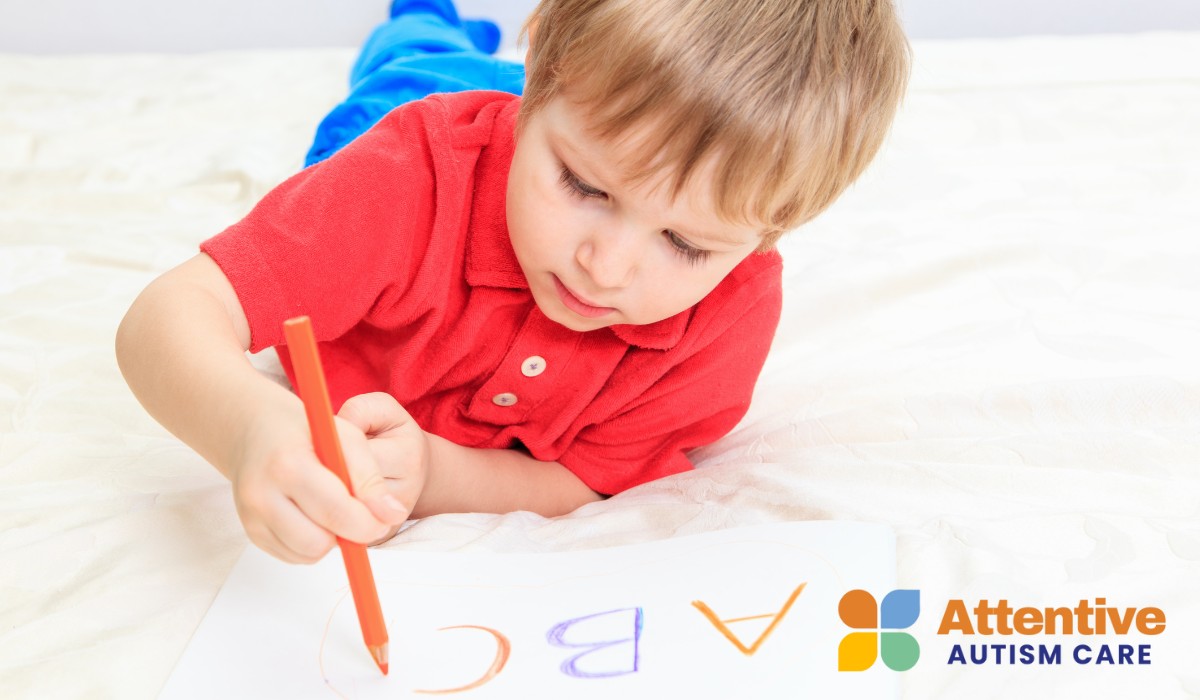
Common Signs of Learning Disabilities
Learning disabilities affect how the brain processes certain types of information. Unlike autism, these difficulties are often first noticed in formal learning settings like kindergarten or elementary school.
Some common signs of learning disabilities include:
1. Letter and Number Recognition
Struggles identifying letters, sounds, or numbers may point to foundational language or math difficulties.
2. Following Directions
Difficulty understanding or remembering multi-step instructions can affect classroom tasks and daily routines.
3. Spelling and Handwriting
Frequent errors, messy writing, or reversed letters may signal motor or language processing issues.
4. Reading and Math
Understands individual words or numbers but struggles with comprehension or performing basic calculations.
These symptoms can vary depending on the specific learning disorder (e.g., dyslexia, dyscalculia, or dysgraphia). It’s important to remember that a child with a learning disability may still have strong verbal, creative, or problem-solving skills.
Can Autism and Learning Disabilities Occur Together?
Yes, it’s possible for a child to have both autism and one or more learning disabilities. This is known as a co-occurring or comorbid condition. When these conditions overlap, parents and teachers may notice challenges in multiple domains, including social behavior and academic performance.
Children with dual diagnoses may benefit from the following interventions:
1. Individualized Education Plans (IEPs)
IEPs outline tailored goals and services based on the child’s unique learning and behavioral needs, ensuring consistent support across educational settings and helping track measurable progress over time.
2. Specialized Academic Instruction
Instruction is adapted to the child’s learning style and pace, using targeted strategies to address reading, writing, or math difficulties alongside behavioral or developmental challenges.
3. Social Skills Training
Programs teach children how to navigate peer interactions, recognize emotions, and respond appropriately—skills that often require extra support when autism and learning disabilities overlap.
4. ABA Therapy for Behavior and Communication
Applied Behavior Analysis helps children build functional communication, reduce problem behaviors, and develop routines, addressing core challenges present in both autism and learning disabilities.
5. Speech or Occupational Therapy
Speech therapy targets language delays, while occupational therapy addresses fine motor skills and sensory issues, supporting both academic performance and daily functioning.
Working with a multidisciplinary team ensures all areas of need are addressed.
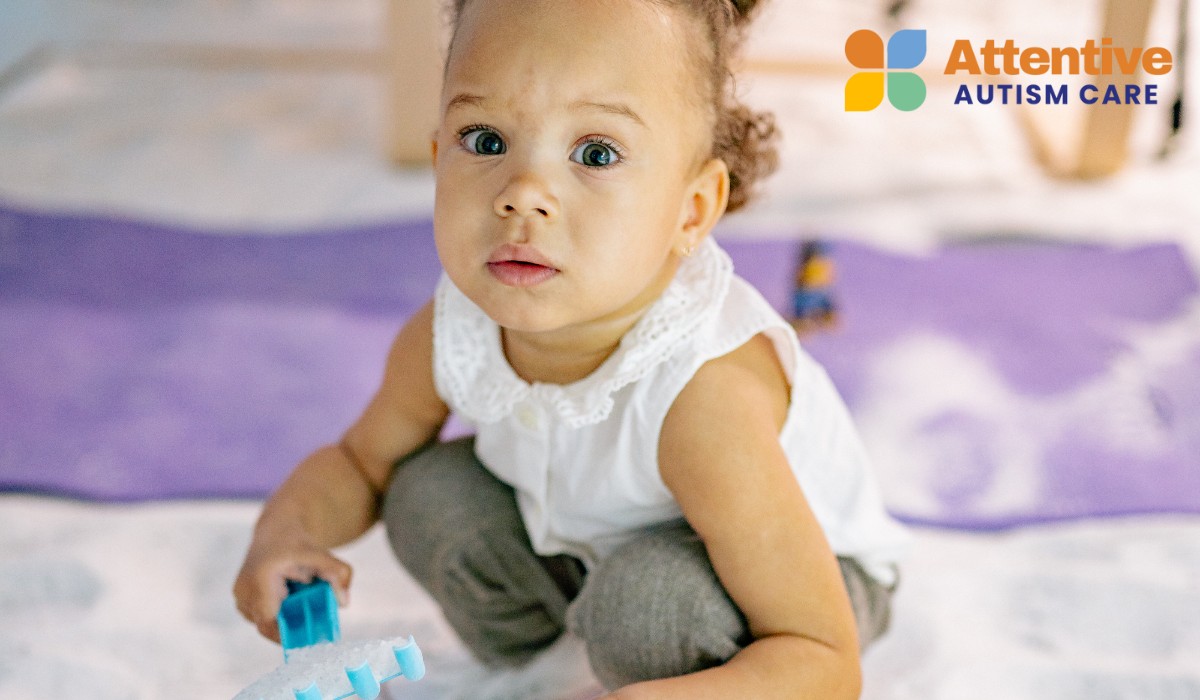
What are the Key Differences in Social and Emotional Development?
Social-emotional development is often where the biggest differences appear. Children with learning disabilities may struggle in school, but typically desire friendships and can read social cues. They may be frustrated by academic struggles, but still engage in conversation and reciprocal play.
In contrast, children with autism may find it harder to understand or respond to social cues, even if they want to connect with peers. They might have limited pretend play, difficulty interpreting emotions, or seem unaware of others’ feelings.
Understanding these differences helps caregivers provide the right support. For instance, social skill-building is often a priority in autism-focused therapies, while academic interventions are key for learning disorders.
When Should Parents Seek an Evaluation?
Early identification is crucial for any developmental concern. If your child is struggling in school, avoiding social situations, or not meeting developmental milestones, it’s time to take a closer look.
Consider seeking an evaluation if your child exhibits the following:
1. Limited Response to Name
If your child consistently ignores their name or seems unaware of others, it may indicate social or developmental delays that warrant further evaluation by a specialist.
2. Speech or Language Difficulties
Struggles with understanding language or expressing needs clearly can signal a speech delay, language disorder, or communication challenges, often seen in autism or learning differences.
3. Academic Struggles Despite Effort
Ongoing difficulties in reading, writing, or math—especially when your child is trying—may suggest a learning disability requiring targeted support.
4. Repetitive or Rigid Behaviors
Repetitive behaviors like hand-flapping, lining up objects, or insistence on strict routines can be early signs of autism spectrum disorder.
5. Lack of Pretend Play or Friendships
Children who avoid imaginative play or have trouble connecting with peers may need evaluation for social communication differences or developmental delays.
6. Sensory-Driven Emotional Outbursts
Frequent meltdowns triggered by sounds, textures, or lights may point to sensory processing issues common in autism and related conditions.
7. Mismatched Intelligence and Performance
If your child is bright but performing below grade level, there may be an undiagnosed learning or processing disorder affecting progress.
Assessments may include speech-language evaluations, educational testing, and autism screenings. A clear diagnosis helps ensure the child receives the right mix of therapies and accommodations.
How are These Conditions Treated or Supported?
Both autism and learning disabilities benefit from early, individualized support. The treatment approach depends on the child's specific needs and strengths.
Children with autism may benefit from:
- ABA therapy
- Speech-language therapy
- Occupational therapy
- Visual supports and structured routines
- Social skills groups
Children with learning disabilities may benefit from:
- Academic interventions (e.g., Orton-Gillingham for reading)
- Educational therapy
- Accommodations like extended test time or reading aides
- One-on-one tutoring
- Positive behavior support strategies
Consistency, collaboration, and encouragement play a major role in helping children thrive across all environments—home, school, and therapy.
Nurture Your Child’s Strengths With ABA Therapy
Understanding the difference between learning disabilities and autism is a critical first step in supporting your child’s development. Whether your child has one diagnosis or both, the right support system can make a lasting impact.
At Attentive Autism Care, we offer personalized ABA therapy in Maryland, Colorado, Utah, North Carolina, New Mexico, and Nebraska. Our team is experienced in helping children navigate both behavioral and learning challenges with evidence-based care and compassion.
Contact us today to learn how our services can support your child’s unique path toward growth and independence.



